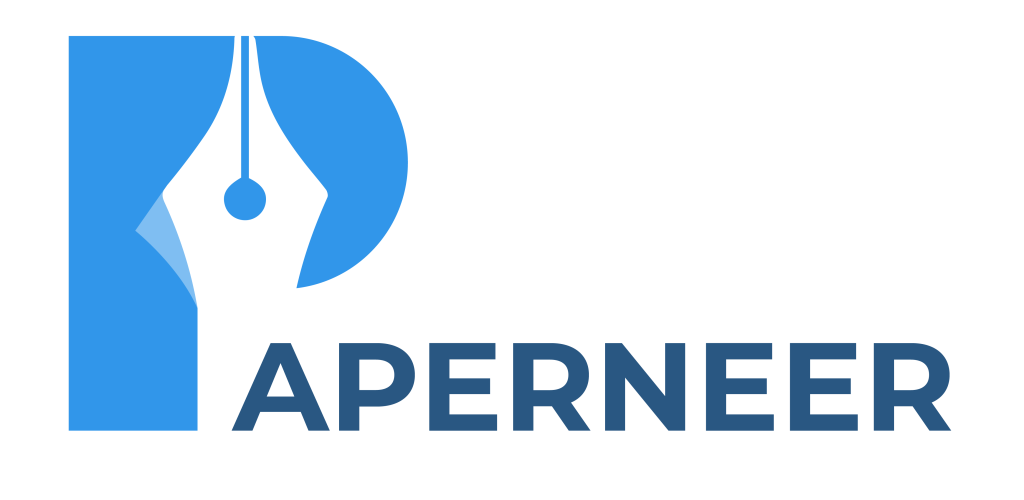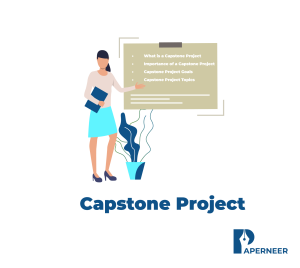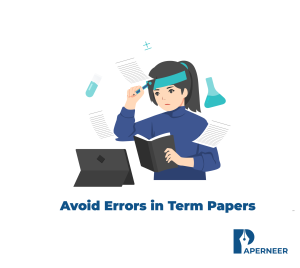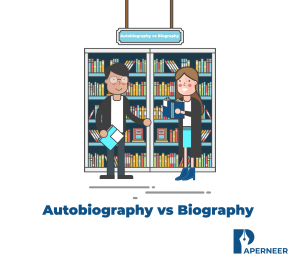Capstone Project – A Complete Guide A capstone project is sometimes the...
Read MoreBook Review Writing through Examples
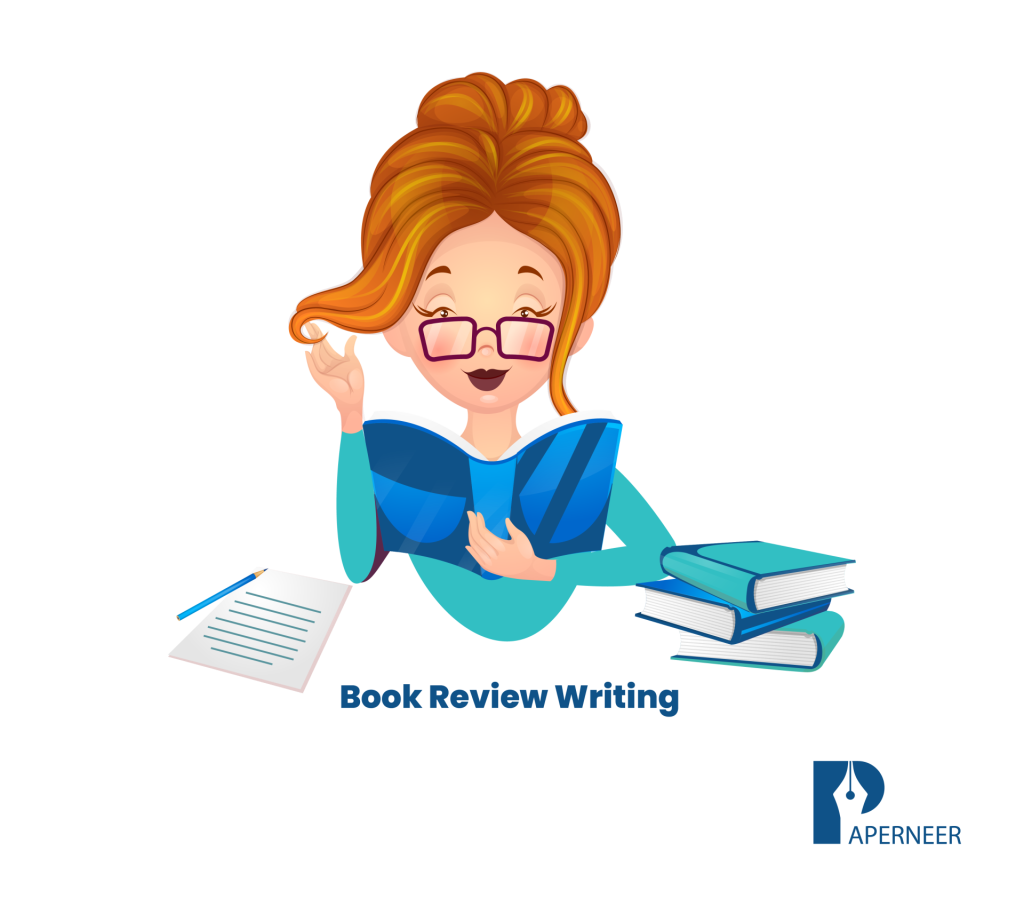
Tactfully expressing agreement and disagreement, praise and criticism, is a useful and demanding skill, and reviews, like many other types of writing, require you to provide actual evidence for your claims. Book review writing example may be helpful for you to learn to establish tactful reviews on something. Therefore, this handout will assist you in writing book reviews through examples.
In this blog, you will find:
What is a Review?
A review is a critical assessment of a document, event, object, or phenomenon. For instance, reviews can include books, essays, entire literary genres or disciplines, architecture, art, fashion, restaurants, politics, exhibitions, performances, and a variety of other formats. Book review writing example illustrate how a review presents an argument. However, the most crucial aspect of a review is that it is an observation, not a summary. It helps you to engage in dialogue and discussion with the creator of the work and other audiences. You may express your agreement or disagreement with the work. Additionally, you can point out areas where it is exceptional or lacking in knowledge, judgment, or organization.
In addition, you should clearly state your opinion about the work in question. This review will most likely reflect other types of academic writing. It should include an introductory paragraph with a thesis, and supporting paragraphs as well as a conclusion.
Writing a Historical Book Review
Writing a review for a historical book requires analytical skills to analyze the author’s arguments and discussions about history. A good review of a historical book most probably includes the themes of the book, its contribution to the field, and how it is relevant to contemporary discussions. Here’s a prime example of book review writing through examples focused on a historical book review.
Example of a Book Review for “1776” by David McCullough
Introduction
After a long career producing essential historical books, David McCullough decided to try something new in 1776, when he was in his late 60s. McCullough was known for his extensive and detailed writings on major events such as the Panama Canal. He also wrote about the prominent figures such as John Adams, Theodore Roosevelt, and Harry Truman.
His volumes typically ran to around 700 pages, with his biography of Truman running to over 1,100 pages. However, 1776 differed significantly in size and scope.
Instead of covering the entire American Revolutionary War, McCullough focused on one important year: 1776, the first full year of the eight-year battle. He then focused even more on the besieged soldiers led by George Washington and gave a detailed account of their situation.
Body
The most striking feature of 1776 is its emphasis on first-hand accounts from many voices on both sides of the battle. It uses diaries, letters, and other eyewitness accounts to provide an authentic and emotional understanding of the events. Unlike his previous full-length accounts, 1776 has a narrower focus and is significantly shorter, at less than 300 pages. Although it lacks the breadth and pace of his previous works, the presence of multiple perspectives results in a realistic and emotional depiction of a year filled with uncertainty and struggle.
Additionally, In The Voices of 1776, Dr. James Thatcher’s American preparations at Dorchester Heights, including the use of barrels filled with stone and sand to break the British ranks.
Henry Knox observes the New Yorkers and comments on their pride, profanity, and pro-British sentiments, calling their Toryism “insupportable.”
A Pennsylvania soldier recounts the confusion of the bombardment of Chatterton’s Hill, noting how “legs, arms, and bodies of men” were mixed up with the cannonballs.
John Adlum, a 17-year-old soldier, describes his time under fire during a British attack and witnessing the terrible impact of a cannonball.
John Greenwood, a 16-year-old flute player, recalls almost freezing to death during the surprise Christmas attack in Washington on the Hessians near Trenton.
Furthermore, during his speeches to the exhausted soldiers, George Washington appealed to their patriotism and sense of duty. He encouraged them to enlist despite their fatigue and hardships. A young officer recalls how Washington led the men from Princeton into battle with “thousands of dead” flying around him, demonstrating his courage and leadership.
Conclusion
With “1776,” McCullough departs from his usual grand narratives and presents a more personal and human account of a turning point in American history. He brings to life the early days of the Revolution, marked by uncertainty, determination, and heroism. This is achieved through the words of those who lived them.
Review of a Critical Book
The critical book review needs strong critical analysis skills. In this type of book review, you will assess the strength of the arguments provided in the book and the quality of the evidence used. You will also evaluate how coherently things are narrated in the book. Additionally, you can analyze how the book can play its role in larger academic or literary settings and how it can be beneficial for society. To better understand writing a book review of a critical book, explore the book review writing example mentioned below.
Example Review for “Manufacturing Consent” by Edward S. Herman and Noam Chomsky
Manufacturing Consent by Edward S. Herman and Noam Chomsky, published in 1988, is a seminal treatise on the political economy of mass media. It proposes the “propaganda model,” which assumes that the media largely serves the interests of elite groups by “manufacturing” public approval for their goals. This is not a conspiracy but the result of media structure and economic dynamics.
The book describes five “filters” that influence message content:
Concentration of media ownership:
With large corporations controlling the majority of media sources, profit trumps balanced coverage.
Advertising as a revenue source:
Advertisers have a significant impact on content as they pay for media operations.
Sourcing of News from Government and Business:
The supply of government news and business from official sources leads to a distortion of established power structures.
Flak:
Comments or negative threats that limit and discourage independent reports.
Anti-communism:
It began as an instrument of ideological control during the Cold War and has since expanded with dominant ideologies.
These filters provide biased messages that reflect the opinions of powerful companies and prevent the concept of a fourth neutral estate. Herman and Chomsky use case studies such as the Vietnam War and the Nicaraguan elections to show how the media are shaking reports to be with elite goals. Moreover, these examples provide extensive support for their thesis.
Criticism of Manufacturing Consent includes claims that it is too deterministic and overlooks media diversity, though it remains highly significant. The rise of social media, algorithmic bias, and ‘fake news’ highlights the importance of critical media literacy. Consequently, understanding these issues is essential for navigating today’s complex information landscape.
Despite changes in the media landscape, the book’s core themes remain relevant. In particular, the concentration of media ownership continues to shape public discourse. Furthermore, news commodification and the media’s role in perpetuating power structures are still significant issues today.
Understanding how the media influences public opinion is made easier by Manufacturing Consent, which serves as a foundational text in media studies. It encourages readers to approach the media critically and seek out diverse points of view, resulting in an informed and engaged citizenry.
Fiction Book Review
The fiction book review is one of the interesting review writing activities. In a fiction review, you can examine the themes of the fiction work, the character development, and the writing style of the author. You can give a brief idea of the novel in it, but you cannot spoil the thrill and suspense of the story.
The underlying book review writing example for a fiction book review can assist you better in understanding its nuances.
Book Review Example for “To Kill a Mockingbird” by Harper Lee
Introduction
Harper Lee’s “To Kill a Mockingbird” is set in the small Southern town of Maycomb, Alabama, and is narrated by Scout Finch, a six-year-old boy who lives with her older brother Jem, their father Atticus, a conscientious lawyer, and Calpurnia, the maid.
The novel takes place over three summers, during which Scout, Jem, and their buddy Dill engage in childhood adventures and become fascinated by their reclusive neighbor, Arthur “Boo” Radley.
Body
Their lives are changed when Atticus is assigned to defend Tom Robinson, a black man wrongly accused of raping a white woman named Mayella Ewell.
The trial process reveals the deeply-rooted racism and deeply established prejudices of the city, with Scout, and always being ridiculed for defending Tom for the part of their father.
Despite Atticus’ efforts to prove Tom’s innocence, the jury condemns him and illustrates the continuous racist injustice. Tom’s later death, while trying to flee custody, underlines the sensation of the situation.
Work deals with questions of morality, fanaticism, and loss of innocence. The perception of good and evil changes for Scout. Consequently, she becomes more aware of the duplicity and intolerance present in the city.
Atticus proves himself to be a moral hero who embodies justice and empathy while teaching his children to see the world through the eyes of others.
Conclusion
The work criticizes social inequalities and highlights the intricacies of human nature through Scout’s innocent yet observant narration. To Kill a Mockingbird is a profound investigation of morals and humanity, making it a timeless classic that continues to reverberate today.
Other than this Handout for book review, you can have a look at the blogs for Essay and its Types.
Say goodbye to Mistakes in Term Papers
Avoid Errors in Term Papers Writing a theme may be a vital tutorial task that needs careful designing and...
Read MoreUnraveling the Stories: Autobiography vs Biography
Autobiography vs Biography Understanding the excellence between autobiography and biography is crucial for...
Read More